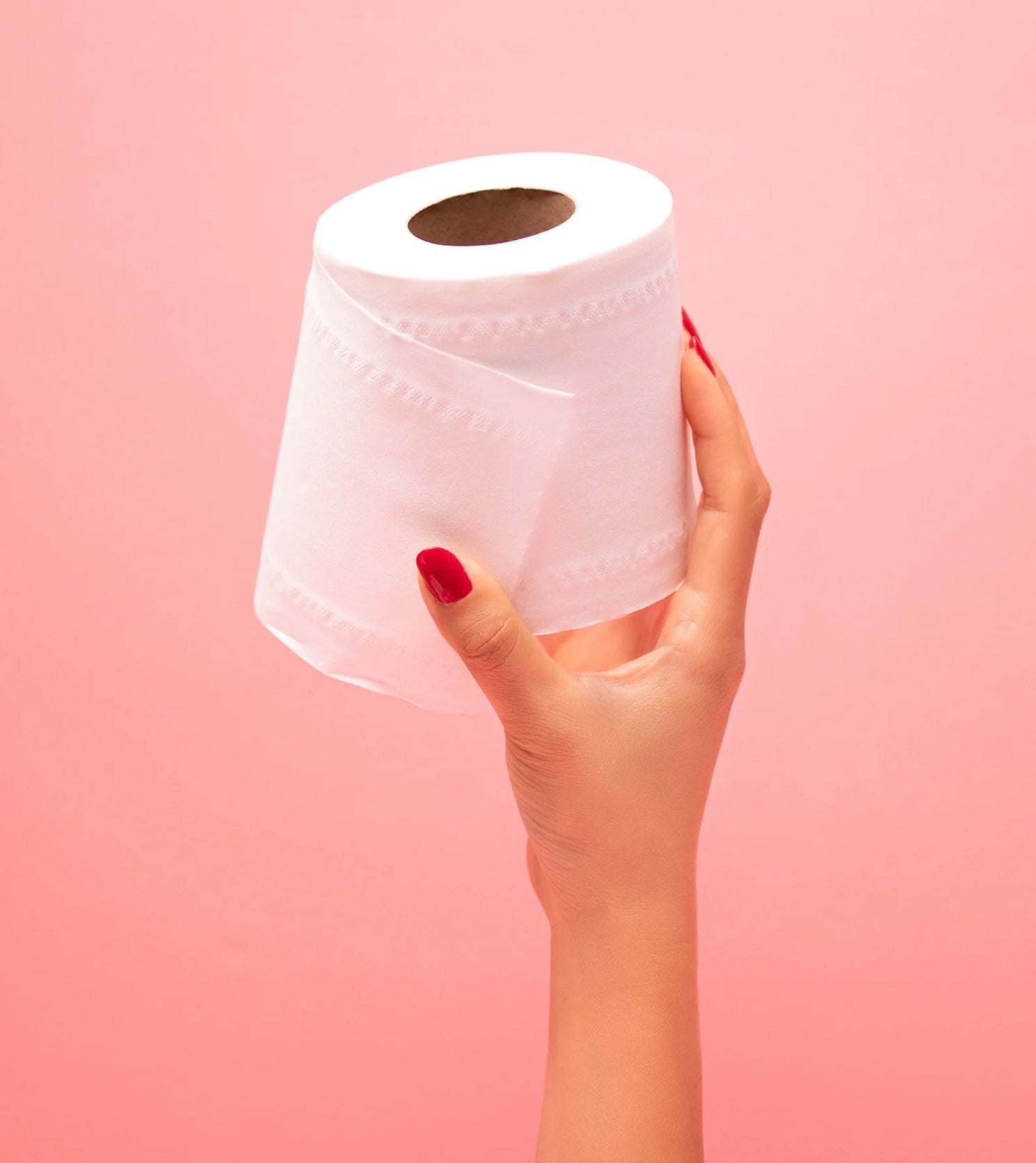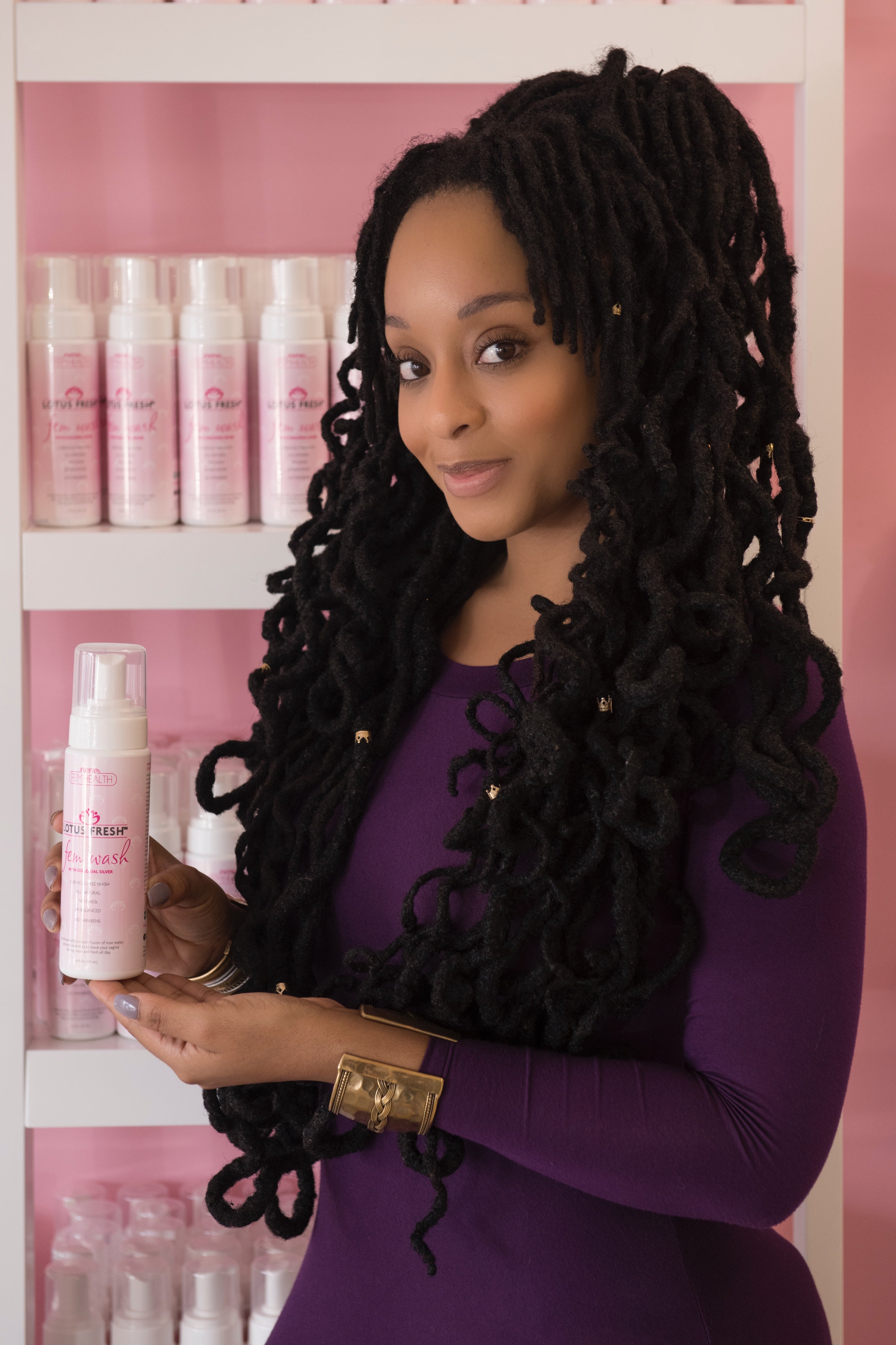Yes, certain types of toilet paper can contribute to yeast infections, especially if they contain chemicals or fragrances that disrupt the delicate balance of the vaginal microbiome.
Chemical and Fragrance Irritants
• Fragrances and Dyes: Many commercial toilet papers contain fragrances, dyes, and other chemicals that can be irritating to sensitive skin around the vulva. These irritants can cause micro-abrasions or disrupt the pH balance, making it easier for yeast (typically Candida albicans) to overgrow and lead to infection.
• Bleach and Chlorine: Some toilet papers are treated with chlorine or other bleaching agents, which may leave residues that further irritate the skin. These chemicals can also impact the balance of bacteria and yeast, increasing susceptibility to infections.
Low-Quality or Rough Toilet Paper
• Micro-tears: Rough or low-quality toilet paper can cause tiny abrasions on delicate skin, which might allow bacteria or yeast to enter and multiply. Any break in the skin can compromise the area’s natural defenses, making it easier for a yeast infection to develop.
Lint and Residue Buildup
• Microfibers and Particles: Toilet paper leaves behind small particles or lint that can stay on the skin, especially in the warm, moist environment around the vulva. These particles can trap moisture, creating a more hospitable environment for yeast to grow, which thrives in warm, damp conditions.
Tips for Preventing Yeast Infections from Toilet Paper:
• Opt for Unscented, Unbleached Toilet Paper: Choose brands that are free from fragrances, dyes, and bleach to reduce irritation and maintain a healthy pH balance.
• Consider pH-Friendly Alternatives: Some women prefer alternatives like bidets or pH-balanced wipes to avoid potential irritants in toilet paper altogether.
• Stay Dry: Pat dry thoroughly after using the toilet and, if possible, wear breathable, cotton underwear to help maintain a balanced, dry environment.

